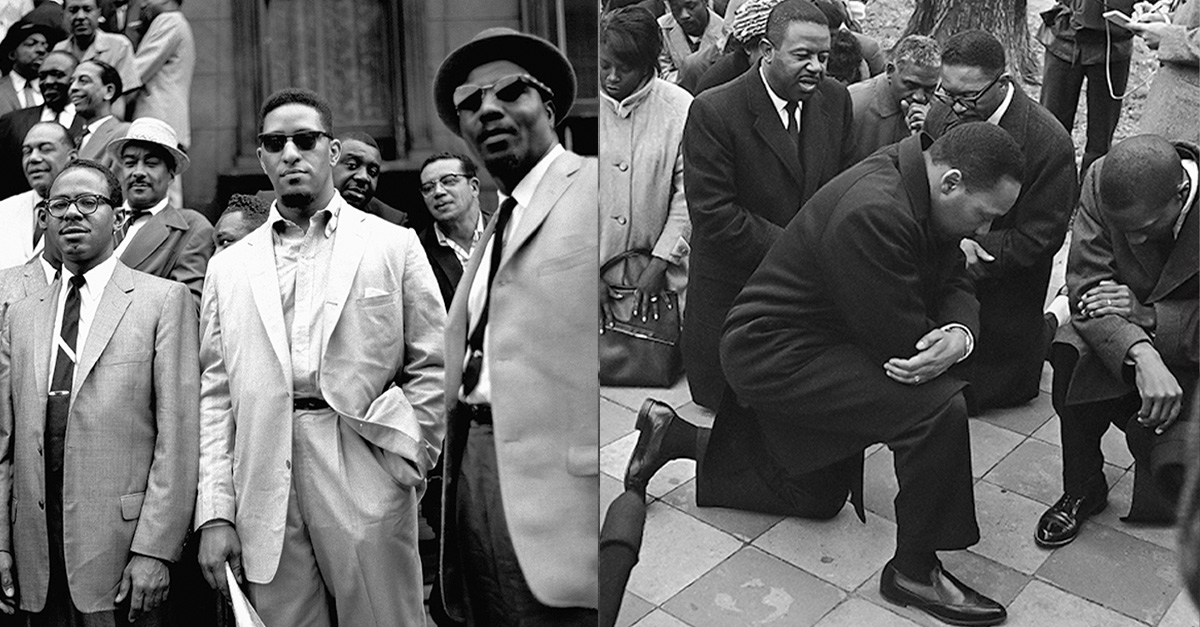How Ivy Style Became One Of the Civil Rights Movement’s Most Powerful Weapons
But dressing to fit the mold didn’t sit well with everyone. While Black Ivyists suited up in tweed and flannel to peacefully fight for their rights, members of the ever-growing and often misunderstood Black Panther Party chose another uniform designed to “present an image,” says Russ. But instead of the power, respect, and equality that Black Ivyists were dressing for, Russ says that members of the Black Panther Party “wanted to present an image of power, resistance, and a celebration of Black aesthetics and culture.” According to her, both groups used fashion to visually represent their power in different ways.
Eventually, though, following the assassination of Dr. King on April 4, 1968, some activists came to realize that respectability politics—and with it, dressing in Ivy—wasn’t working out in the way that they’d hoped it would. “Dashikis and berets would replace button-downs and trilbies as the clothing of rebellion,” Jules writes in Black Ivy, referring to the pieces associated with the Black Panther Party. According to Russ, the uniform of the organization “was a way to give a proverbial middle finger to white America and the policing of Black bodies,” she says. “They stood strong in not conforming to societal standards or bowing to respectability politics and this showed through their all-black clothing, Afros, and African inspired dress.” As time went on, this mode of dress became the look most associated with the movement, and thus, as Jules noted in the book, replaced the Ivy style that had once defined it.
Of course, Ivy style, and therefore Black Ivy, never really went away. In the decades since, the sartorial pendulum has swung countless times in favor of Ivy, a look that, today, is one of fashion’s most ubiquitous, specifically in menswear. Modern and heritage brands such as Drake’s, Ralph Lauren, Aimé Leon Dore, Rowing Blazers, Gant, Lacoste, Hackett, and G.H. Bass, have all experienced highs in recent years. And while the role the Black community played in shaping Ivy remains a quieter part of the conversation surrounding the overall preppy trend, its influence can be easily spotted when you look at the way these brands are designing Ivy fashion today. In turn, the discussion around it grows louder by the day.
In 2022, Ralph Lauren collaborated with Black Ivy League universities including Morehouse and Spelman, leading to the over 50-year-old brand’s first-ever all-Black campaign. Later that year, Drake’s released a capsule collection inspired by Black Ivy in collaboration with Jason Jules, who acted as the model for the associated campaign. It’s through these examples and more that people, specifically the fashion industry, are beginning to acknowledge and appreciate the role that the Black community played in shaping the Ivy preppy look that, as Take Ivy notes, was the “unwritten dress code” and the “one and only orthodox school of fashion” during the mid-twentieth century. Look around—in many ways, it still is.
For all the latest fasion News Click Here

